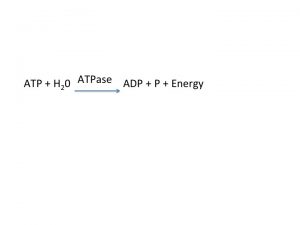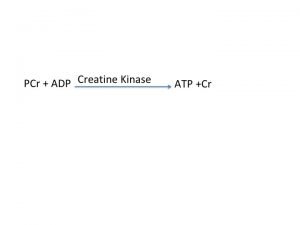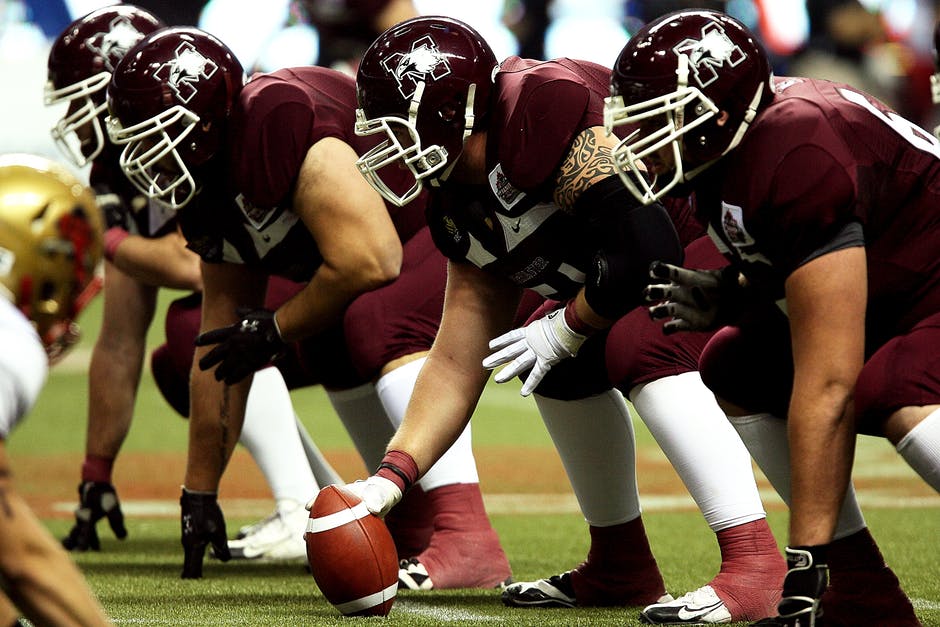Last week I was with a group of students who were learning about the carbon dioxide cycle in class. This is the one where plants produce oxygen, animals consume it and produce carbon dioxide, which the plants then consume. That gets into a discussion on what carbon dioxide is, what oxygen is, what would happen if part of the cycle was missing (i.e. what if all the plants died?), that sort of thing. But I stumped the class when I asked them why we need oxygen. Their answers were things like “to breath,” “to live,” etc. I challenged them to spend the weekend researching this and we would discuss it on Monday.
When I got home, I shared this with my wife (who is a vet) and we had one of those wonderful biochemistry conversations about the role of oxygen in producing energy for the body and its functions. That made me decide that it’s probably time to revisit this topic for the strength and conditioning coach. So, this blog begins this review.
Let’s start with the 30,000 foot view. Broadly speaking, there are three energy systems:
- The phosphagen energy system. You also see this referred to as the immediate energy system. Six to ten seconds of high-intensity activity.
- The glycolytic energy system. This is also known as anaerobic glycolysis. I’ve also seen this called the lactic acid system, though next week we’ll talk about that in more detail. Up to 1-2 minutes of activity.
- The oxidative energy system. This is also known as aerobic glycolysis. Can fuel activity until the substrates run out or until the intensity changes. Also very important for recovery.
All three systems work hand-in-hand, though when we write about them we discuss them as if they are all working separately as it aides understanding. Ultimately, all three energy systems are concerned with breaking down a substance called ATP for fuel.
ATP:
ATP stands for adenosine triphosphate. This means there is a molecule of adenosine and three phosphate groups. ATP is the energy currency, it fuels all cellular activities, it has a role in cellular communication, and is even used in DNA synthesis – so it’s really important.
The Phosphagen Energy System:
How does ATP provide energy? When the bond that holds one of the three phosphate groups is broken while being catalyzed by the enzyme ATPase, it releases energy. This is the energy that fuels things. It also means that you then have an adenosine group with two phosphates, called adenosine diphosphate (or ADP). Break off another phosphate and you have adenosine monophosphate (AMP).

Now, this provides quick energy during activity but there’s only a finite amount of ATP stored in the cells in this form. Now, ADP can be resynthesized to ATP by using phosphocreatine and the enzyme creatine kinase.

Here’s the thing, there’s only enough ATP and phosphocreatine on hand to fuel about 6-10 seconds of intense exercise. So there are some sports and activities that depend on this energy system as a primary energy source. Jumps, throws, and the 100 meter sprint in track and field come to mind. This covers the length of most American football plays, running to first base in baseball, a one repetition-maximum, etc. So this is an important energy system for many sports and skills.
Training:
With training, it needs to be kept in mind that only a finite amount of ATP and phosphocreatine can be stored in the muscles. So can training increase the amount? Yes, but only to an upper limit. However, increasing the amount of muscle mass would also potentially increase the amount of ATP and phosphocreatine present.
So how would we train to improve our ability to utilize this short-term energy system? This would focus on short duration, high intensity activities like jumps, throws, heavy lifts, short scrimmages, etc. all combined with longer (1-2 minute) recovery periods.



